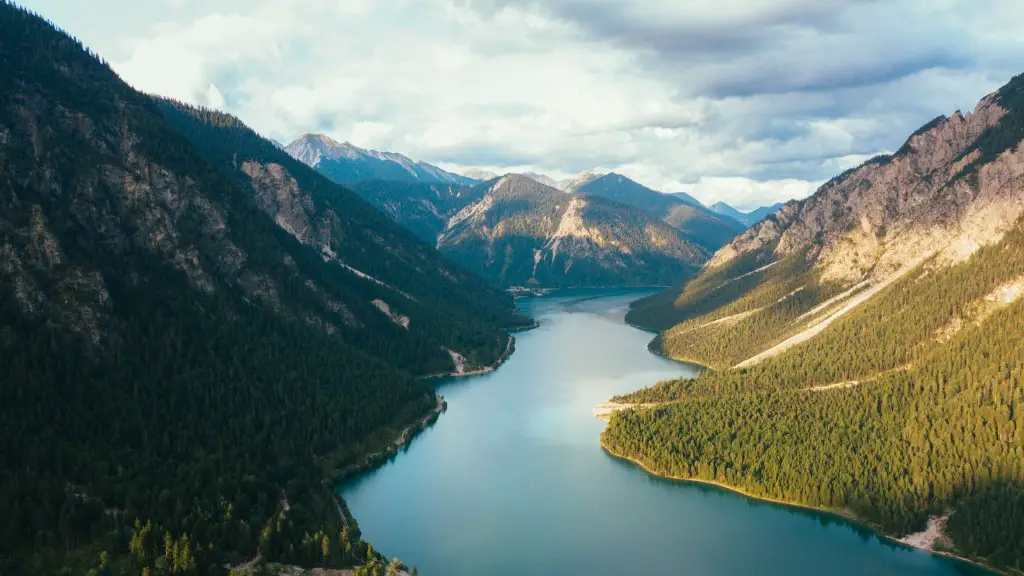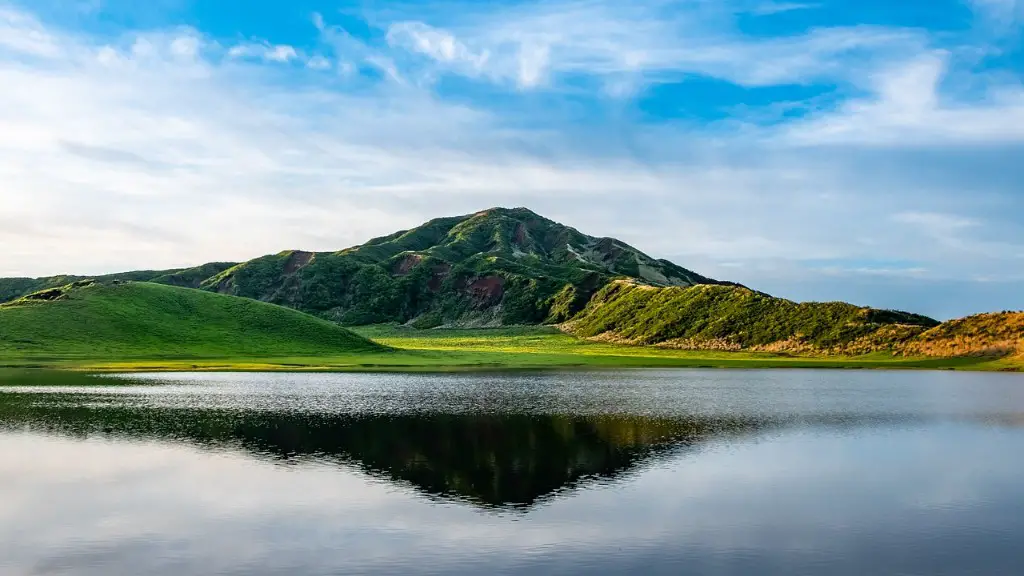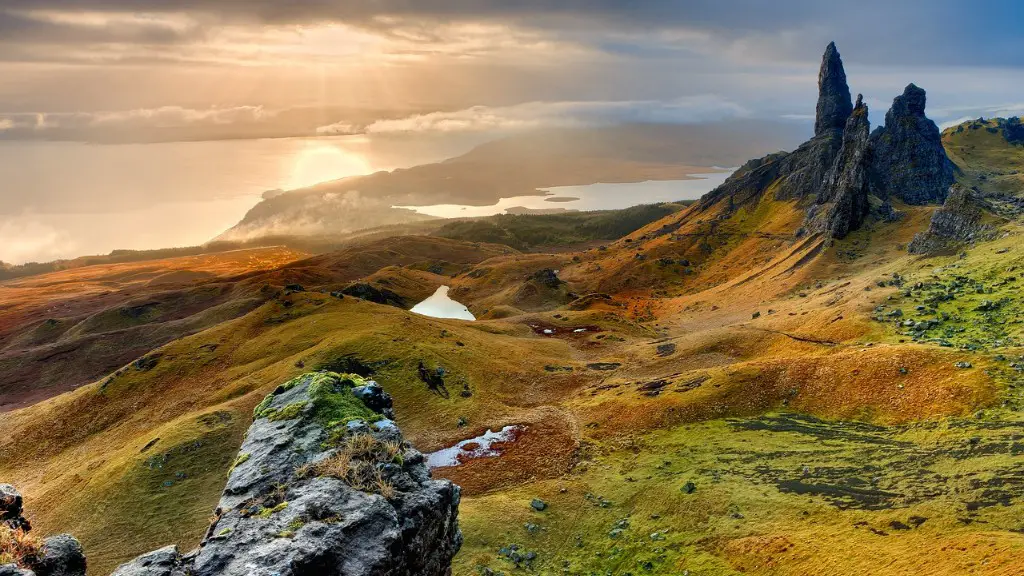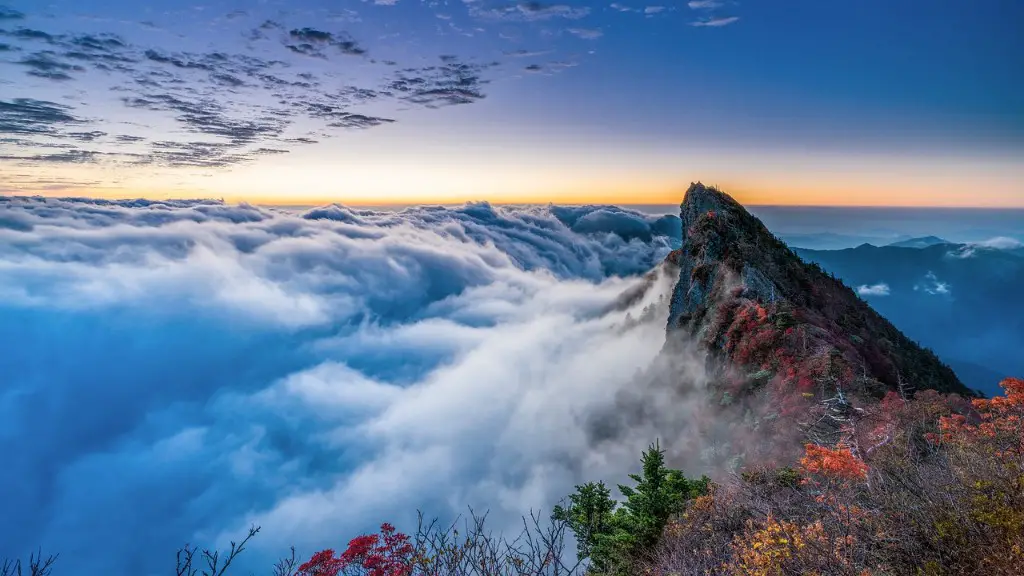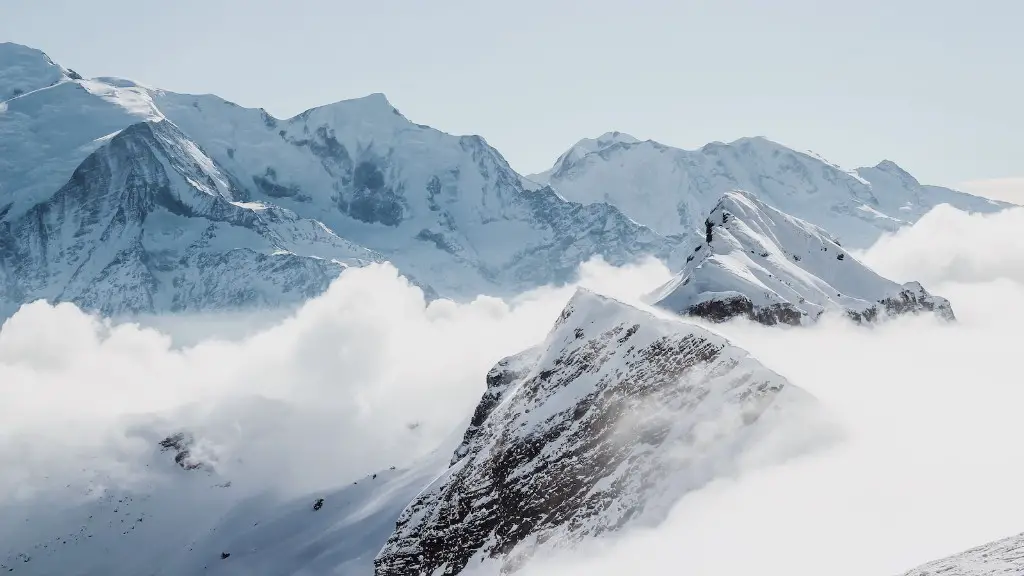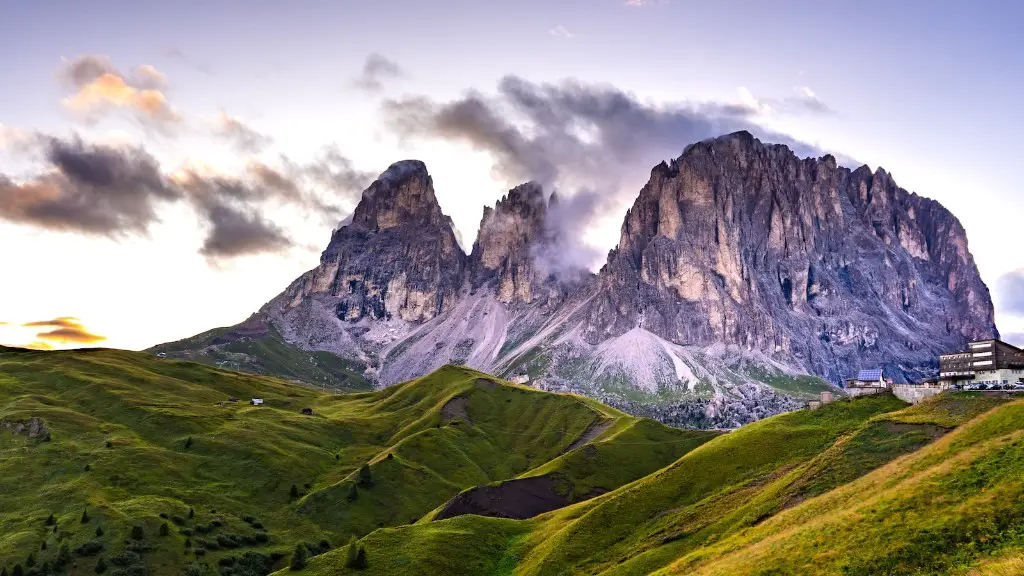Mount Fuji, located on the island of Honshu in Japan, is the tallest mountain in the country. The mountain has an elevation of 12,388 feet (3,776 meters) above sea level. Mount Fuji is a popular destination for climbers and tourists alike.
Mount Fuji is 12,388 feet above sea level.
How much above sea level is Mount Fuji?
Mt. Fuji is the highest mountain in Japan, towering at 12,388 feet above sea level. This conical shaped mountain is one of Japan’s most familiar symbols and is located near Tokyo on the southern island of Honshu. Mt. Fuji is an active volcano that last erupted in 1707, and is a popular destination for hikers and climbers from all over the world.
Mount Fuji is the second-highest volcano located on an island in Asia (after Mount Kerinci on the island of Sumatra), and seventh-highest peak of an island on Earth. Mount Fuji is an active stratovolcano that last erupted from 1707 to 1708.
What would happen if Mount Fuji erupted again
A volcanic eruption in Japan could have devastating consequences for the millions of people who live in Tokyo and the surrounding area. Not only could it destroy roads and railways connecting some of the country’s most populous cities, but the resulting ash and smoke could also pose a serious threat to human health.
Climbing to high altitudes can be dangerous and should not be taken lightly. Most people will not need to use oxygen when climbing, but if you feel like you are getting altitude sickness, it is important to descend to a lower altitude. Some bodies simply cannot adjust to higher elevations, and altitude sickness can be deadly. Be sure to listen to your body and take it slow when climbing to high altitudes.
Is Mount Fuji likely to erupt again?
Mount Fuji is an iconic symbol of Japan and one of the most popular tourist destinations in the country. However, it’s also an active volcano that has erupted about 180 times over the past 5,600 years. The most recent one was more than 300 years ago, the Hoei eruption of 1707, and experts anticipate that another eruption could occur again before long. While the risk of an eruption happening during your visit is relatively low, it’s still something to be aware of if you’re planning a trip to Mount Fuji.
The Mount Fuji climbing season is from 1 July to 14 September. You can take a direct bus from Shinjuku to about halfway up Mount Fuji and climb to the summit from there. You can climb in one day if you’re fit. But it’s better to spend a night in a mountain hut on the mountain (or just climb through the night).
Who owns Mount Fuji?
Fujisan Hongū Sengen Taisha is a Japanese Shinto shrine that is located at the base of Mount Fuji. The shrine is dedicated to the spirit of Mount Fuji and is responsible for the worship and maintenance of the mountain. The shrine is a popular tourist destination and receives millions of visitors each year.
A supervolcano is a volcano that has erupted with an explosivity index of at least 8. These types of eruptions are very rare, with the last one likely occurring in New Zealand about 26,000 years ago. Mount Fuji is not a supervolcano and has not experienced an eruption of this size in recorded history.
How long does it take to climb Mt. Fuji
Mt. Fuji is a popular destination for climbers from all over the world. The most common way to climb the mountain is to begin from the Subaru Line 5th station, which is on average a 5-6 hour climb to the summit. However, depending on the trail that is chosen, the time it takes to reach the top can vary between 5-10 hours. No matter which route is taken, climbers are sure to be rewarded with stunning views of the surrounding countryside.
Yellowstone is not overdue for an eruption. While it is true that volcanoes do not work in predictable ways, their eruptions do not follow predictable schedules. Even so, the math doesn’t work out for the volcano to be “overdue” for an eruption. Yellowstone last erupted approximately 640,000 years ago. The median interval between eruptions for large shield volcanoes is approximately 100,000 years. This means that Yellowstone is only about six times more likely to erupt than the average shield volcano. And given the large number of shield volcanoes on Earth, it is unlikely that any one of them is overdue for an eruption.
How many times has Mt. Fuji erupted in the last 100 years?
The volcano is considered active and has erupted more than 15 times since 781 However, Mount Fuji has been dormant since an eruption in 1707, and its last signs of volcanic activity occurred in the 1960s.
Volcanoes are mountains, but they can also be found in hills and plateaus. The three main types of volcanoes are cinder cone, shield, and composite. Cinder cones are the simplest type of volcano. They are built from solidified lava that has been ejected from a single vent. Shield volcanoes have shallow slopes and are slightly more complex than cinder cones. They are made from lava that flows in all directions from a central point. Composite volcanoes are the most complex type of volcano. They are made from both lava and cinder cone material.
How cold does Fuji get
Fuji reaches as high as 30ºC, the temperature at the top of the mountain is generally about 10ºC cooler. Despite this, the summit is a popular tourist destination, especially during the warmer months.
Fuji is one of the most popular tourist destinations in Japan. It is also the tallest mountain in Japan, standing at 3776m. The average temperature on Fuji can drop to as low as 6ºC, so it is important to be prepared for sudden changes in the weather.
Can a beginner climb Mount Fuji?
Mount Fuji is a popular destination for climbers, and it’s no wonder why. The mountain is beautiful, and the view from the summit is incredible. But, for some people, the thought of climbing a mountain can be daunting. Fortunately, Mount Fuji is a beginner-friendly mountain, and there are plenty of resources available to help climbers prepare for their hike. The Yoshida trail is the easiest of the four trails that lead to the summit, and it is a great choice for beginner climbers. With a little preparation, anyone can have a successful and enjoyable climb to the top of Mount Fuji.
A major eruption of Mount Fuji could have devastating consequences for the city of Tokyo. The government’s Central Disaster Management Council has simulated what could happen if such an eruption were to occur today, and the results are alarming. According to the simulation, Tokyo could be paralyzed within just three hours. This is a very serious situation, and the government is urging the people of Tokyo to be prepared.
Does Mt. Fuji erupt violently
Since the last eruption in 1708, there have been no eruptions for the past 300 years. This is the longest period of inactivity for Mount Fuji.
Mauna Loa is one of the most active volcanoes in the world, and has been erupting continuously since 1983. It is located in the Hawaii Volcanoes National Park, and is a popular tourist destination. The volcano is large, and its eruptions are often very destructive. Mauna Loa is one of the most dangerous volcanoes in the world, and its eruptions can pose a serious threat to the people who live in its vicinity.
Conclusion
Mount Fuji is 3,776 meters tall.
At 12,388 feet, Mount Fuji is Japan’s highest point and is located about 60 miles southwest of Tokyo.
